

The Ahafo Ano South West District is one of the 21 Administrative Districts of the Ashanti Region. It was carved out of the old Ahafo Ano District Council in pursuance of the decentralization programme in 1988.
The district is located on Latitude 6o 42 “N, 7. 10” N and longitude 1o 45’N and 2o 20’’W. It is located on the North-Western part of the region, bounded in the North by Tano District (Brong Ahafo Region), in the South by Atwima District, in the West by Ahafo Ano North West District and in the East by the Offinso District all in Ashanti Region.
The District covers a total Surface area of about 1241km, representing 5.8% of the region’s total Surface area. With the above description of location, the district can be said to fall within the forest belt of Ghana.
The District Capital, Mankranso, is located 34km North-West of Kumasi on the Kumasi-Sunyani Highway. Other major settlements include Sabronum, Kunsu, Mpasaso I & II, Adugyama, Wioso, Ahwerewam, Pokukrom, Domiabra, and Abesewa. The district is divided into10 Area Councils and sub divided into 42 Electoral areas.
Vegetation
The district lies within the green belt. The over-bearing vegetation is moisture laden semi-deciduous. The typical vegetation is basically determined by rainfall and ground water supplies. The forest is rich in tropical hardwoods like Wawa, Esa, Kyenkyen, Odum, Kokrodua and Fruntum. The natural vegetation cover has been degraded into secondary forest in areas like Attakrom, Adugyama, Wioso and Mpasaso. Few areas outside the forest reserves have natural vegetation. The causes of the deforestation are:
Excessive and indiscriminate felling of trees especially by illegal chain saw operators.
Systems of farming particularly shifting cultivation
Uncontrolled bush fires.
Ahafo Ano South West has six (6) main forest reserves. These are:
1. Tinte Forest Reserve
2. Tano Forest Reserve
3. Opuro River Forest Reserve
4. Kwamisa Forest Reserve
5. Part of Asufufu Shelter Basin
6. Offin-North Forest Reserves.
Most of these reserves lie between latitude 6.53’ and 7.03’ North and latitude 1.55’ and 2.06’. They cover an area of 300 sq.km representing 28 percent of the land area. The main forest reserves are located along the highlands. There have not been any significant encroachments in the reserves in terms of human settlements. Bush fires have devastated some areas especially during the 1982/83 droughts. Such areas include Attakrom, Wioso, Mpasaso and Adugyama and some parts of the forest reserves. There is the need to undertake reafforestation in such areas to replenish tree stock and enhance the general ecological balance.
Soils
The main type of soils in the district is the forest ochrosols. These are reddish brown and well drained. They have high humus content and are very fertile. On the basis of geology, the soil associations encountered in the district are:
Soils developed over granite rocks, these are:
Kumasi-Offin compound association
Adugyama-Bechemso association
Soils developed over Briminian rocks. These include
Bekwai-Oda compound association
Bekwai-Akumadan compound association
Mim-Oda compound association
Kobeda-Eschiem-Sobenso-Oda association
Susan simple association
Generally, the various types of soils in the district are fertile. The district is endowed with abundant arable land which is favourable for the cultivation of a wide range of crops including cocoa, citrus, oil palm, plantain, cassava, maize, cocoyam and vegetables.
Surface Accessibity
The main mode of transport in the district is road, which consists of a network of trunk and feeder roads. The main trunk roads are the Kumasi-Sunyani high way, which passes through the district, and the Mankranso-Tepa road. The two highway are in a very good condition. The District has a total network of 420 km of feeder roads, out of which 215 is classified as maintainable while 205 km is non maintainable. Maintainable roads are those, which are in a state that requires routine/recurrent works to bring them back to an acceptable level. Non-maintainable roads are those, which have been worked on, but either through long period of neglect or broken structure require attention to improve its condition to an acceptable level.
The major feeder roads are:
Wioso-Domiabra-Mpasaso (26km)
Fawomang-Sabronum (10km)
Kunsu-Dotiem (13km)
Pokukrom-Ahwerewam
Adugyama-Biemso No.1
Adugyama-Biemso No.2
Asuadei-Pokuase
Ahwerewam-Bretue-Sabronum
Jacobu junction - Asukese
Even though efforts are being made by the Department of Feeder Roads to improve the surface conditions of feeder roads in the district, a large number of them are still in deplorable conditions. Several farming communities become inaccessible particularly during rainy season. This makes transportation of goods and services very difficult and expensive. Tables 1 &2 show the maintainable and non-maintainable roads in the district.
Implication of the Physical Features on Development
Despite the presence of numerous rivers and streams in the district, these cannot be relied upon for any meaningful irrigation agriculture because of their seasonal nature. The environmental effects of the socio-economic activities of the people are alarming. Bush burning together with unwanted destruction of the forest trees by charcoal burners must be checked. The topography and vegetation do not favor mechanized farming and this is the main reason why subsistence farming remains the most practiced method of farming in the district. This method affects the size of holdings and level of production in the district.
Date Created : 11/15/2017 3:45:52 AM


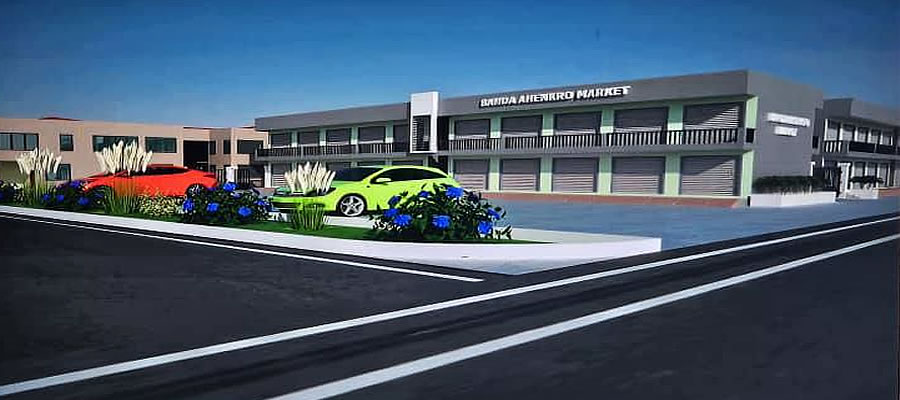
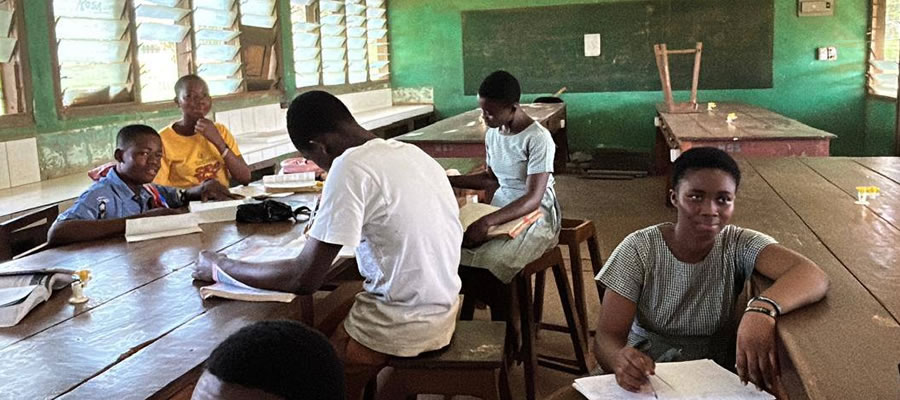
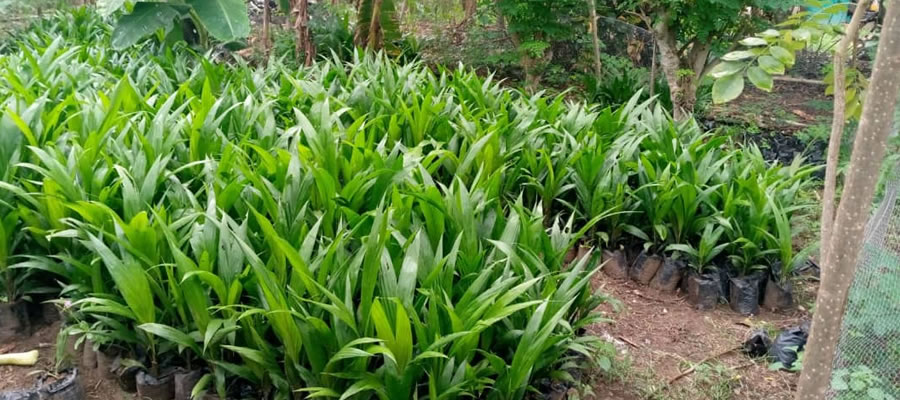

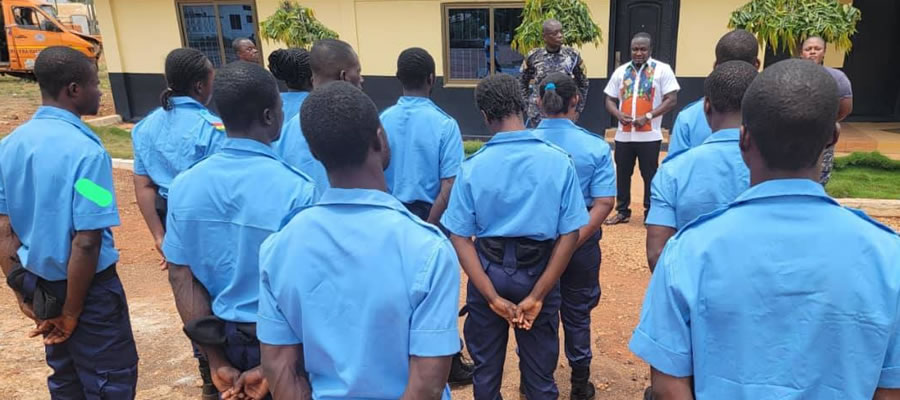
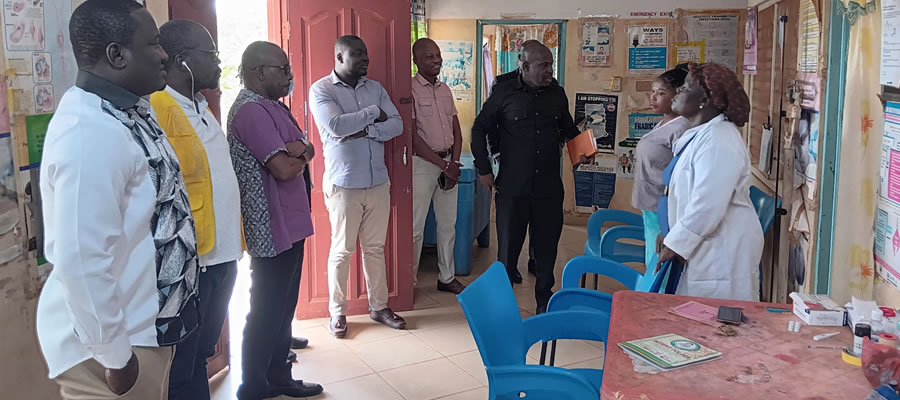


 facebook
facebook
 twitter
twitter
 Youtube
Youtube
 +233 593 831 280
+233 593 831 280 0800 430 430
0800 430 430 GPS: GE-231-4383
GPS: GE-231-4383 info@ghanadistricts.com
info@ghanadistricts.com Box GP1044, Accra, Ghana
Box GP1044, Accra, Ghana